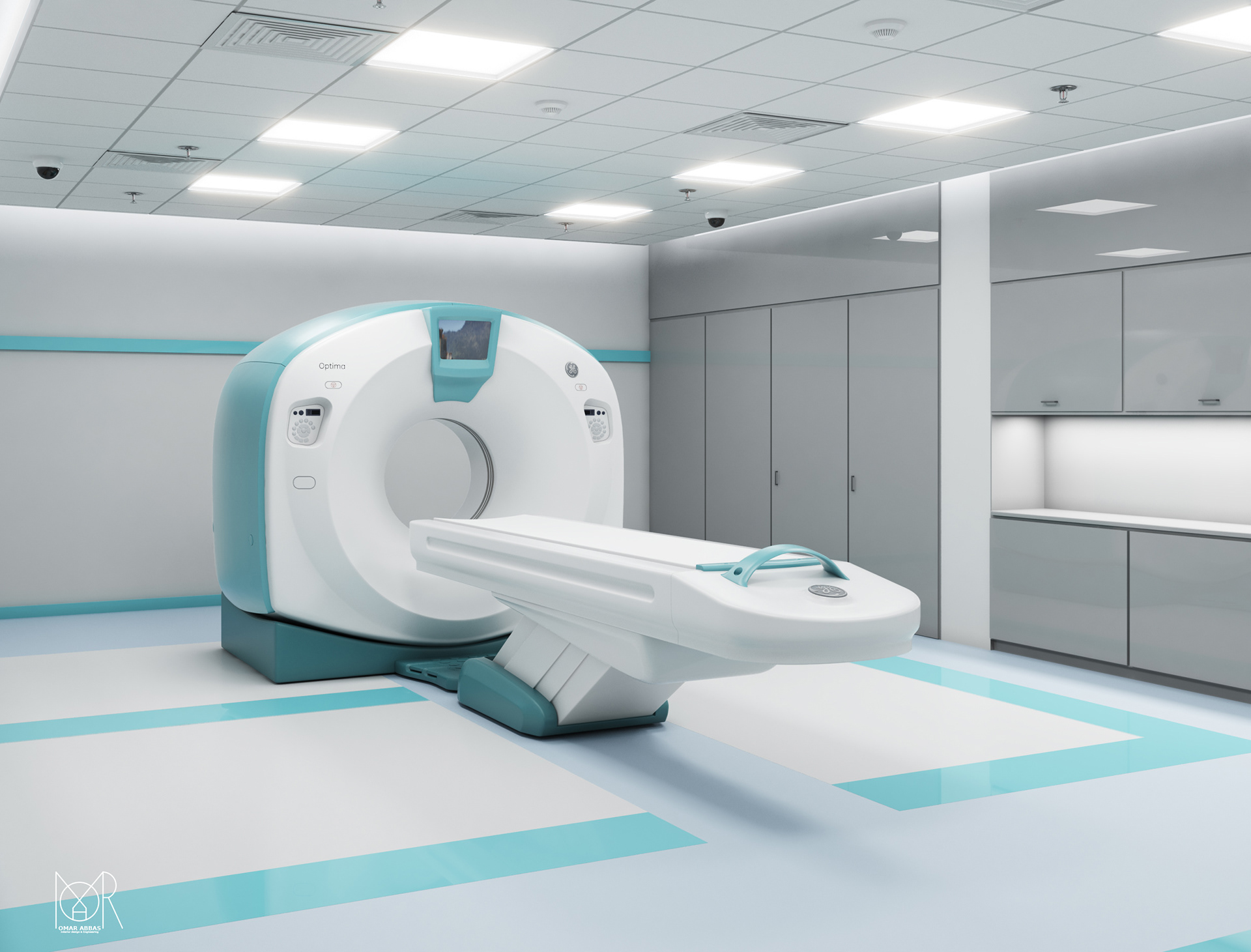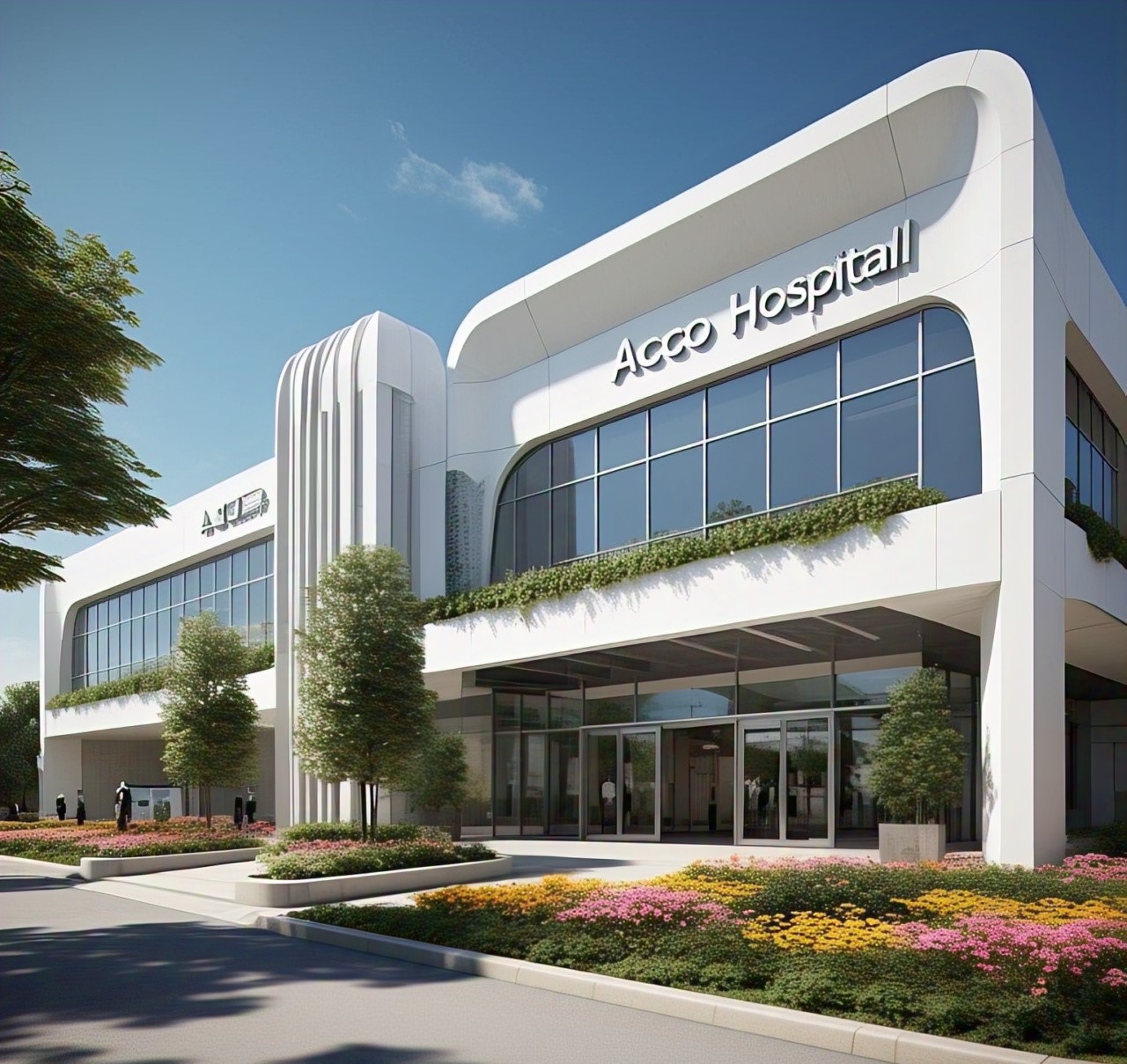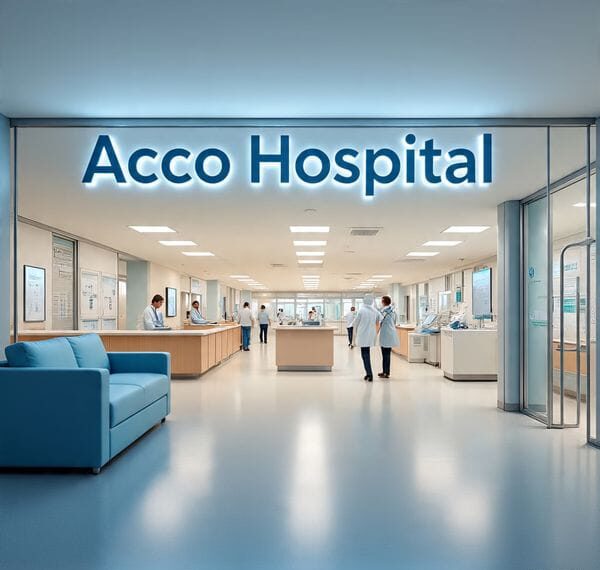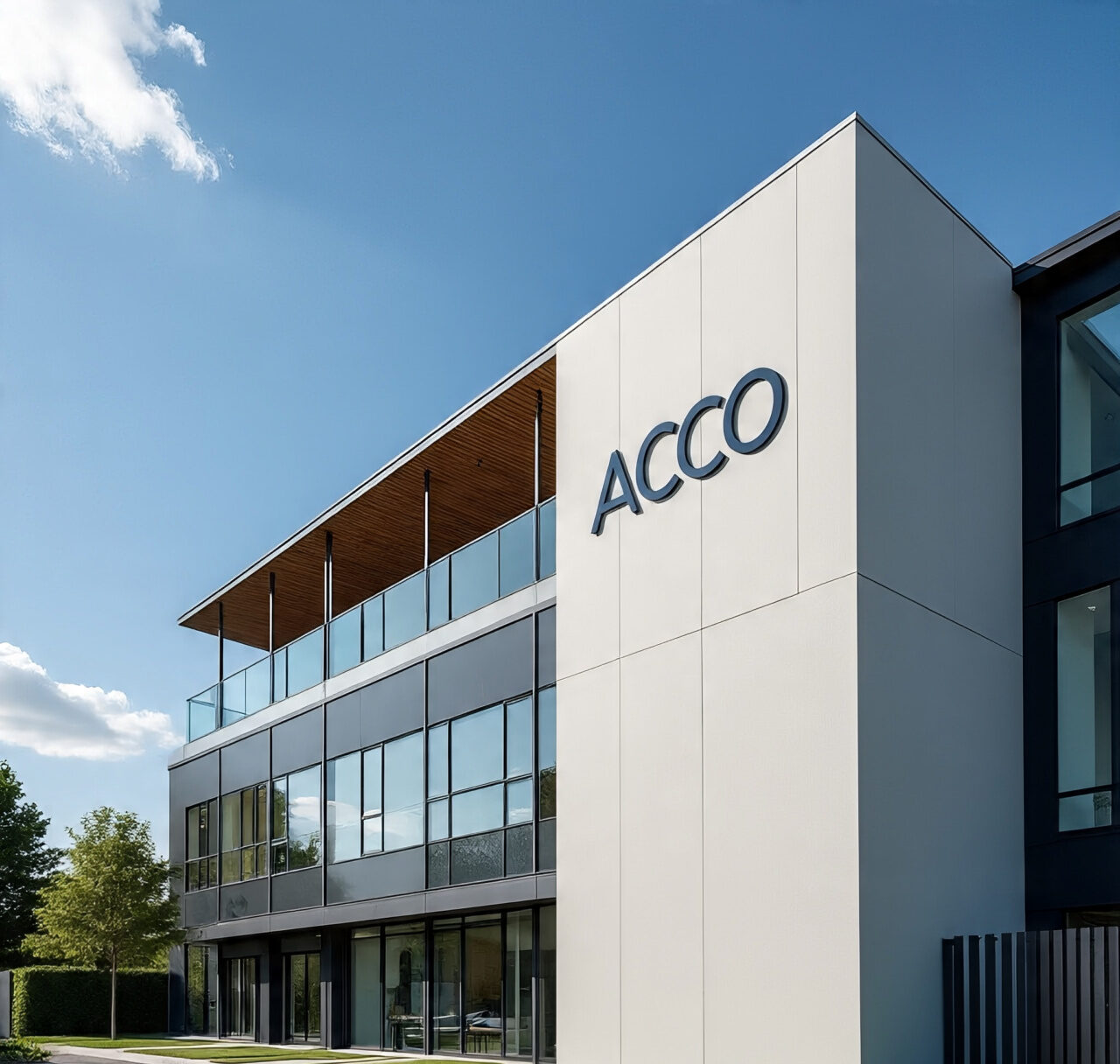
HOSPITAL DESIGN HUB CANCER HOSPITAL BUILDING MOCKUP DESIGN AND PLANNING ANY WHERE IN THE WORLD
Designing a cancer hospital requires careful consideration of both medical functionality and patient comfort. Here are some notable examples of cancer hospital designs around the world:
- Memorial Sloan Kettering Cancer Center, New York, USA: This center features a modern design with a focus on patient-centered care. The layout includes comprehensive cancer treatment facilities, research labs, and supportive care services. The design emphasizes natural light, tranquil spaces, and a seamless flow between different departments.
- Gustave Roussy, Paris, France: One of Europe’s largest cancer centers, Gustave Roussy incorporates advanced medical technology and a healing environment. The design includes bright, airy spaces, gardens, and areas for patient relaxation and family support.
- Royal Marsden Hospital, London, UK: This hospital integrates state-of-the-art treatment facilities with a patient-friendly environment. The design features a combination of private and shared spaces, supportive care areas, and a focus on providing a calming atmosphere for patients and their families.
- National Cancer Center Hospital, Tokyo, Japan: Known for its innovative design, this hospital combines advanced technology with patient comfort. The layout includes specialized treatment areas, research facilities, and spaces designed to reduce stress and support emotional well-being.
- City of Hope Comprehensive Cancer Center, California, USA: This facility features a contemporary design with a focus on creating a supportive and healing environment. The design includes advanced treatment areas, patient support spaces, and a connection to nature through gardens and outdoor spaces.
Design Principles for Cancer Hospitals:
- Patient Comfort: Incorporate comfortable waiting areas, private patient rooms, and spaces for family support.
- Natural Light and Views: Utilize natural light and create views of outdoor spaces to enhance the healing environment.
- Efficient Workflow: Design layouts that streamline patient flow between diagnostic, treatment, and recovery areas.
- Healing Environment: Integrate elements like gardens, art, and calming colors to create a soothing atmosphere.
- Technology Integration: Ensure that spaces are designed to accommodate advanced medical equipment and research facilities.
These design principles and examples highlight the importance of balancing medical functionality with a supportive and comfortable environment for patients undergoing cancer treatment.
4o mini
Comments
0 Likes




